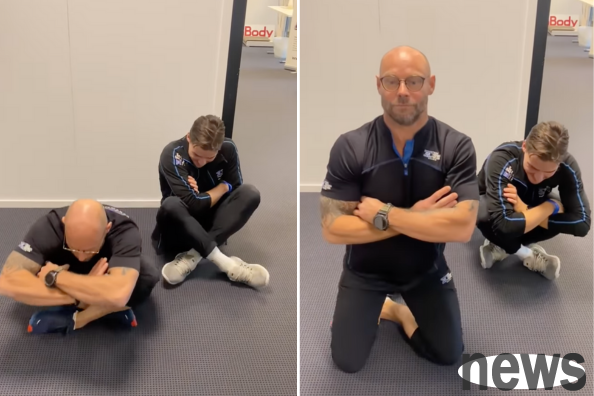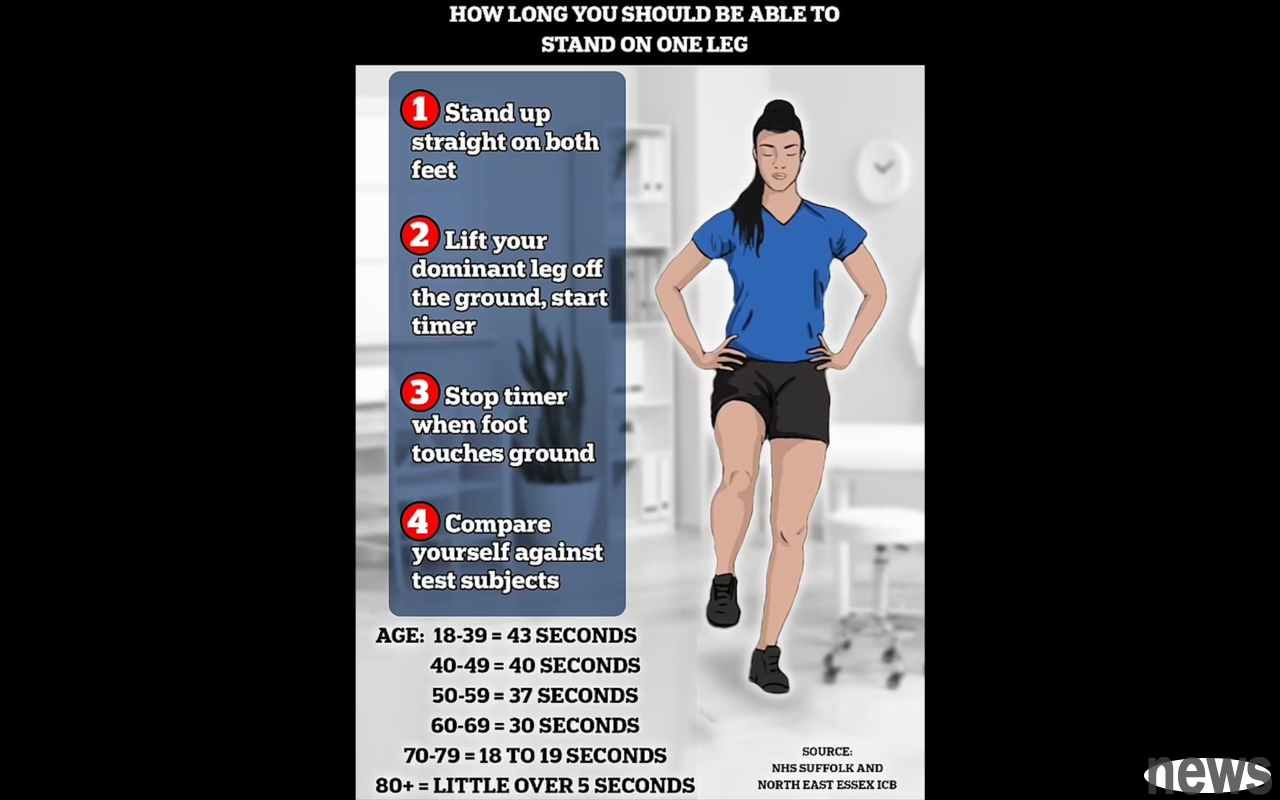In addition to actual age and appearance, using body state to define whether aging is aged is also a method. Foreign sports and fitness agency 3T-Treningsenter shares a set of "elderly tests". This action requires people to cross their arm...

In addition to actual age and appearance, using body state to define whether aging is aged is also a method. Foreign sports and fitness agency 3T-Treningsenter shares a set of "elderly tests". This action requires people to cross their arms and make a sitting and standing posture. Although it looks simple and takes a lot of experience of core balance and muscle strength, the public can try it and determine whether they have the quality of the elderly.
View this post {999 99}This small challenge can test the flexibility and flexibility of the human body. From the IG video's demonstration screen, you can see that two coaches first crossed their arms in front of their chests, then slowly knelt down while holding their butts on the floor, and then straightened their legs, and finally returned to the starting standing position.
In the entire process, core and leg strength must be used to maintain body balance. This action is similar to the "Sitting Rising Test" - Sitting Rising Test (SRT). Some studies believe it is an important prediction indicator for testing whether a test is too strong.
A study published in the European Journal of Prevention of Heart Diseases in 2012 found that if people aged 51 to 80 cannot complete the challenge, the risk of death in the next six years is seven times that of others. People who complete it easily represent relatively good cardiovascular health, physical balance, and flexibility, and sufficient core and leg strength.
Another popular test method is "single foot balance test". According to the NHS of the British Health Service, maintaining balance for more than 40 seconds is a long-term indicator. People aged 18-39 should be able to control 43 seconds, people aged 40-49 should be able to control 40 seconds, people aged 50-59 should be 37 seconds, people aged 60-69 should be 30 seconds, and people aged 70-79 will drop to 18 and 19 seconds. If they exceed 80, the time to maintain balance is about a little longer than 5 seconds.

Single foot tests to test the human body's flexibility, balance, muscle strength and bone strength is a simple way to quickly detect physical diseases and aging. Some studies have pointed out that if middle-aged and elderly people cannot stand for 10 seconds alone, the risk of all-cause death will be about doubled in the next 10 years.